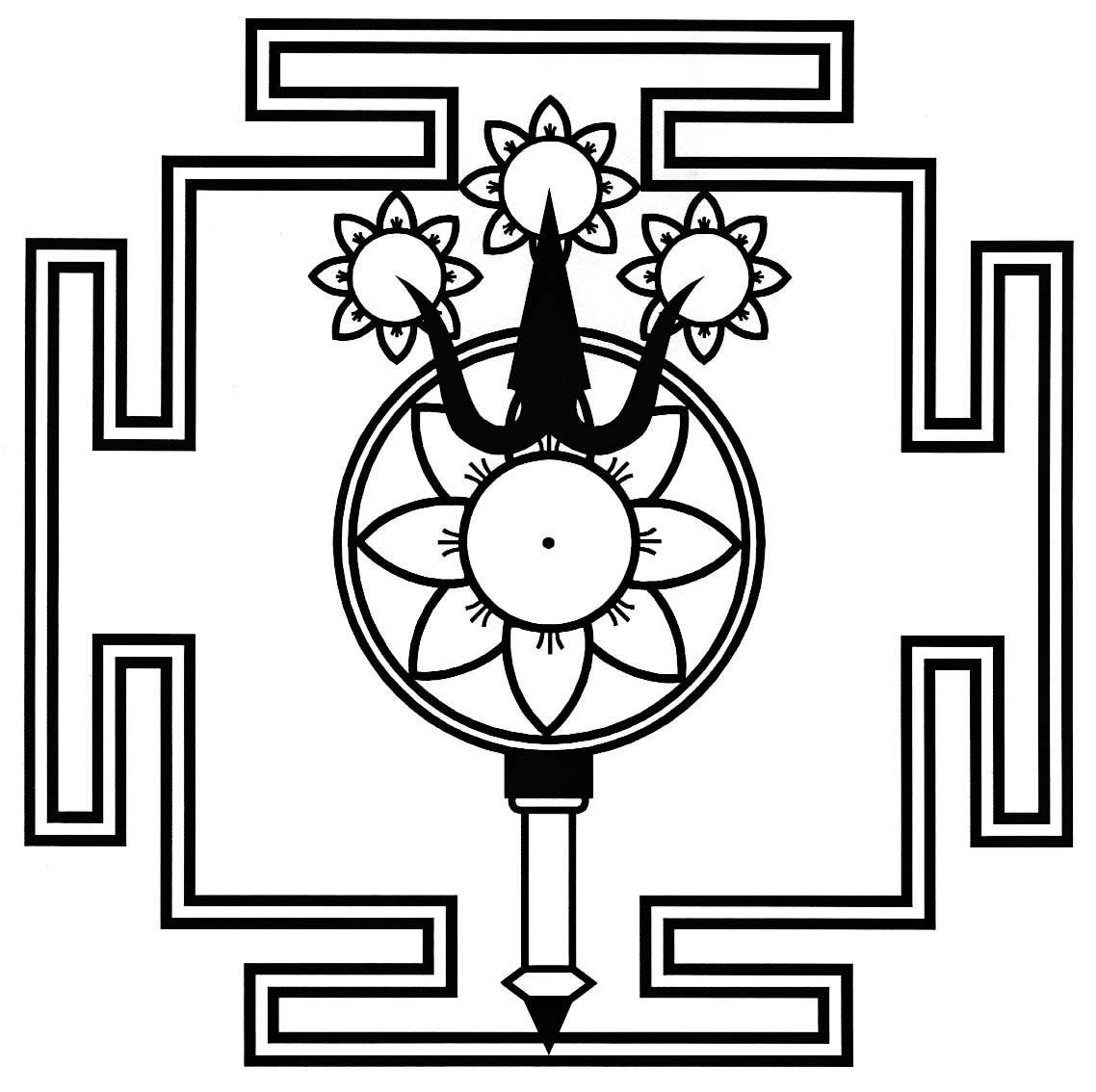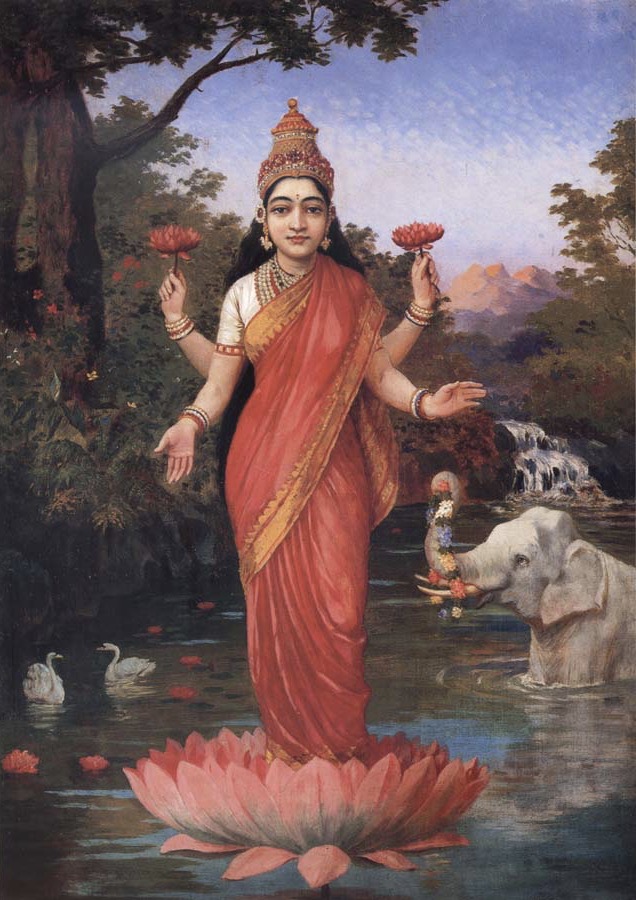 |
| Eckhart Tolle |
L. Ron
Gardner is an eclectic and controversial spiritual teacher based in Texas.
"Beyond the Power of Now" is his first book. It's written in the form
of a critique of Eckhart Tolle, but is really a general exposition of Gardner's
own system. The book can therefore be read with some profit even by people
completely uninterested in Tolle. I readily admit that I'm one of them! I've
never read Tolle's bestselling "The Power of Now"...
Although I read most of Gardner's book, I haven't "processed" it yet,
and therefore find it somewhat difficult relating to. As I already mentioned,
Gardner is very eclectic and draws on a variety of traditions I'm not really
familiar with, such as Kashmir Shaivism, Daism and Taoist yoga. He also mentions
Advaita Vedanta, Zen, Tibetan Buddhism and astrology. Somewhat unexpectedly,
Gardner is also a great admirer of Ayn Rand!
Gardner has many problems with Tolle's message. He believes that Tolle doesn't
go deep enough, wrongly assuming that a meditative connection with our etheric
body and the life force of the universe is identical to a connection with the
Divine. To Gardner, this is skimming the surface. He promotes a much more
robust, transformative and even dramatic form of mysticism. Gardner also argues
that Tolle in a sense descends below human existence rather than rise above it,
since Tolle denigrates the human mind. In reality, the mind is *higher* than
the elementary life force, while the divine reality is even higher. Gardner's
attack on Tolle's rejection of the mind is to a large extent based on Rand.
Gardner also rejects the idea that the world is some kind of illusion. The
world is a kind of emanation from the Divine, and it is perfectly real. In
their own domain, reason and mind are our best tools for surviving in the
ever-changing physical world. Our finite and mortal minds are outshined by the
divine grace when it finally descends on us, but they are not destroyed, nor
are they wholly negative. Finally, Gardner rejects the apocalyptic perspective
of Tolle, arguing that civilization won't collapse any time soon and that
capitalism and constitutional republics are the most rational ways to organize
human affairs.
The main sources of inspiration for Gardner's own system seem to be Kashmir
Shaivism and "Daism", the message of the controversial modern guru
Adi Da Samraj. The Divine (or "Being") is both an all-pervading and
seemingly passive consciousness, and a dynamic-electric creative force. The
Divine isn't personal in the traditional monotheist sense, but it doesn't seem
to be entirely impersonal either, at least not in the bleak pantheist sense.
The two aspects of "Being" are symbolized by the Hindu deities Shiva
and Shakti. For unfathomable reasons, Shakti hides herself from herself by
creating the material world. The goal of every living creature is to evolve a
consciousness that can grasp Being and hence return to its divine source. This
is accomplished by a variety of advanced meditation techniques, which makes it
possible for divine grace to descend unto the mystic and fill him with divine
energy. Among Hindus, this process is known as "shaktipata" and can
apparently be quite dramatic. It seems to be a kind of kundalini von oben.
"Shaktipata" doesn't seem to make the body immortal, but I presume it
eventually frees the soul or spirit from the wheel of reincarnations. In case
anyone thinks this is vaguely similar to Ken Wilber, well, Wilber was at one
point a devotee (or quasi-devotee) of Adi Da...
While Gardner uses a New Age-inspired or "Eastern" terminology
throughout his book, he attempts at several points to correlate his message
with Christianity. This seems to be a mystic Christianity I'm unfamiliar with,
where Eucharist and Holy Communion are synonyms for various meditation techniques,
while shaktipata is another name for the Holy Spirit. Gardner's interpretation
of the Trinity is also curious: the Father is the Divine in its formless
aspect, the Son is the mystic, while the Holy Ghost is - to repeat myself - the
power of Shakti. There doesn't seem to be a "millennium" in Gardner's
system, making its spiritual side somewhat apolitical. The more temporal side
is clearly political, though, due to the author's libertarianism, but there
doesn't seem to be any necessary link between the spiritual and the temporal.
Can the world be made a better place by Randian atheists? Gardner seems to
believe that it can.
At several points, "Beyond the Power of Now" made me reel. The author
is obviously no feminist, and gleefully quotes Rand's bizarre statement "I
am a male chauvinist". Despite supporting civil rights for gays, Gardner
nevertheless sounds homophobic. Perhaps gays and other sexual minorities don't
fit neatly into the essentialist male-female polarity Gardner believes is
fundamental to the cosmos? The author is also oblivious to peak oil, claiming
we aren't even close to a collapse of Western civilization. No?
A potential problem with the author's system is its view of morality. On the
one hand, Gardner does believe in absolute, objective morality. Ironically,
this seems to be a Randian influence (Rand, of course, was an atheist). On the
other hand, he says that there really is nothing "good" or
"evil" from the higher standpoint of the Divine: "There are no
problems for the universe", bank robberies are good for the robbers but
bad for the banks, etc. This, on the other hand, sounds pantheist. Kashmir
Shaivism, Tibetan Buddhism and Daism seem to have antinomian traits, also
suggesting that there isn't an objective morality - anything that will take you
back to Godhead goes! Overall, I sense that the Randian-Tantric interface might
prove to be the biggest contradiction in Gardner's eclectic new paradigm.
"Beyond the Power of Now" covers a lot of ground, and also contains
an extensive list of recommended readings, which includes everything from Ayn
Rand and Valentin Tomberg to Ramana Maharshi and W.Y. Evans-Wentz. And, of
course, the controversial Adi Da. Even Wilber have been included, under the
heading "Miscellaneous". Somehow, I suspect that was deliberate...
I give the book three stars (the OK rating), since it does manage to explain L.
Ron Gardner's message well enough. The main problem with the book is perhaps
that it uses Tolle's "The Power of Now" as a foil, making it somewhat
repetitive - and somewhat boring, if you can't be bothered by Tolle. But then,
Tolle is a bestselling author, so I suspect there could be a market for a
polemic of this kind. Only time will tell. ;-)







